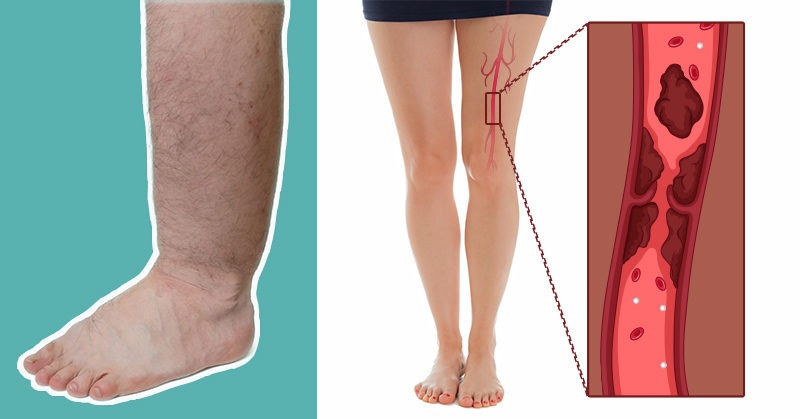When you get a cut, you bleed for a short time until the blood coagulates into a more solid state to stop it from flowing. This is a good thing because it prevents you from losing too much blood and plays a part in our healing process. A blood clot, however, occurs when this happens inside your veins. This could lead to some serious health problems, which is why it is important to recognize the early signs of a blood clot. The earlier you recognize the signs of a blood clot, the easier it will be to treat. This will prevent it from turning into something more dangerous or potentially life-threatening.
What is a Blood Clot?

When you injure a blood vessel, the platelets and proteins in the liquid portion of your blood (the plasma) form a clot over the injury to stop the bleeding. This is an important process because it prevents excessive bleeding, which could be very dangerous or even lead to death. In most cases, your body will naturally dissolve the blood clot once the injury has healed. That being said, sometimes clots form on the inside of vessels even without an injury, or they don’t dissolve naturally. This is a blood clot, which can be very dangerous [1].
Read: 14 Signs Your Blood Sugar Is Way Too High
Types of Blood Clots: Blood clots can form in both your veins and your arteries
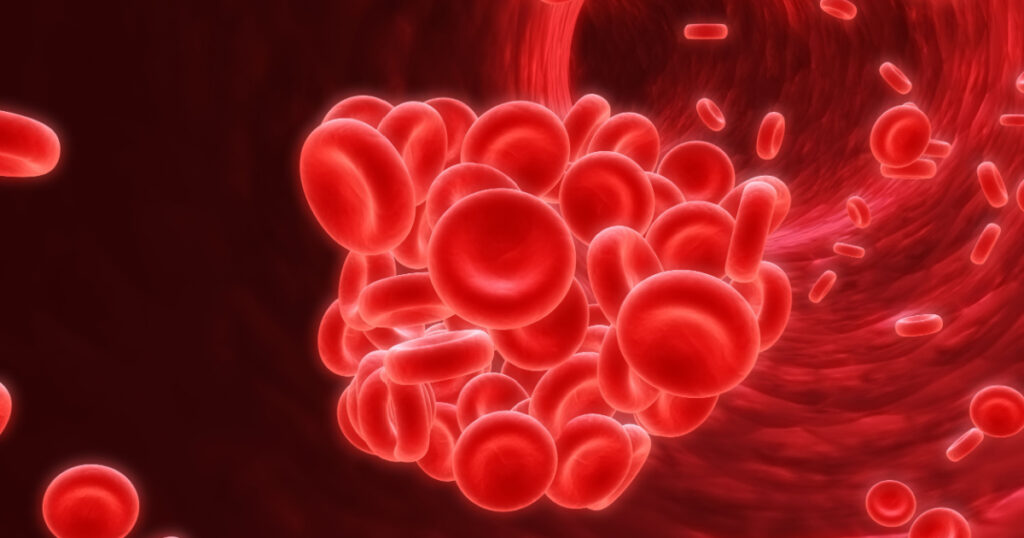
There are three main types of blood clots: arterial clots, venous clots, and emboli, each with distinct causes, symptoms, and potential complications. Understanding these variations is crucial for effective prevention and management of clot-related conditions.
Arteries
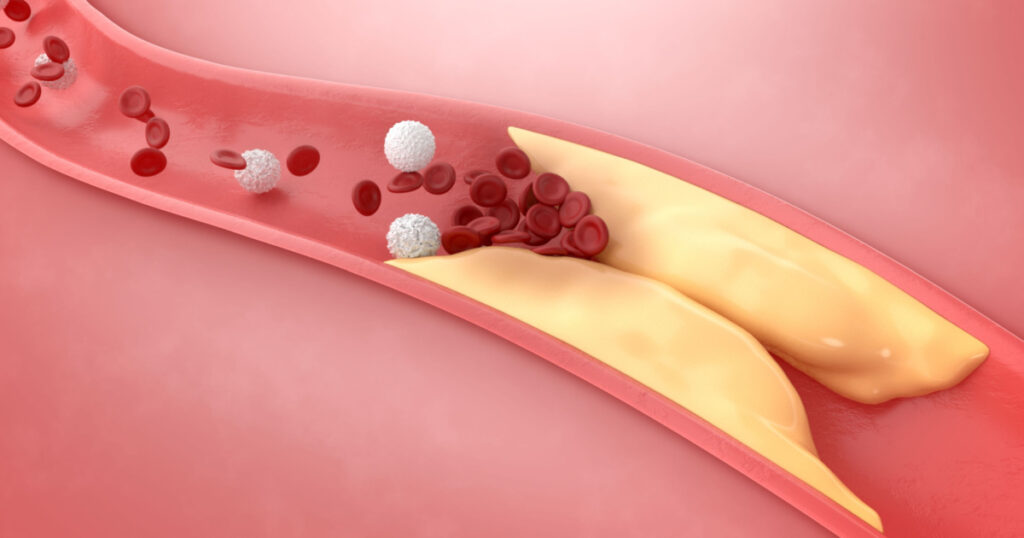
When a blood clot occurs in your arteries, this is an arterial clot. When this happens, you are often associated with atherosclerosis or hardening of the arteries. This is when a deposit of plaque narrows the blood vessel. As the arterial muscles continue to try to force blood through the opening, the high pressure causes the plaque to rupture. The rupture releases molecules that cause the body to overreact and form an unnecessary clot in the artery. This can lead to a heart attack or stroke and can damage the brain or the heart [1].
Veins
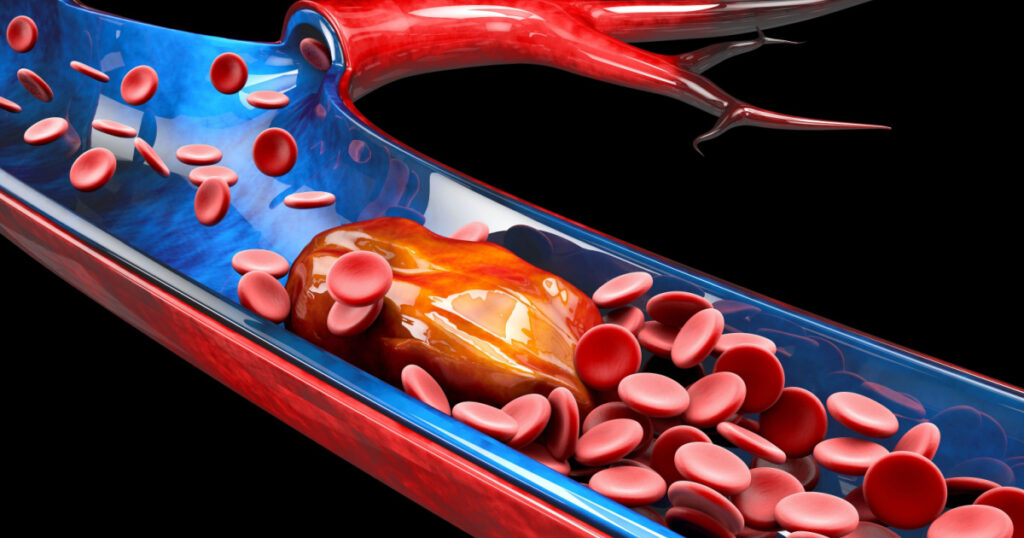
This is a venous clot. It can restrict return blood flow to the heart and cause pain and swelling. These types of clots tend to build up more slowly, but can still be life-threatening. Deep vein thrombosis (DVT) is the most serious type of venous blood clot. This occurs when a blood clot forms in a major vein of the leg, arms, pelvis, or other large veins in the body. Sometimes, a blood clot in the vein might detach, travel through the heart to the lungs, and become wedged. This is called a pulmonary embolism (PE), and prevents adequate blood flow. A PE can be potentially life-threatening [1].
Read: 7 Exercises to Help Prevent Spider and Varicose Veins
Signs of a Blood Clot
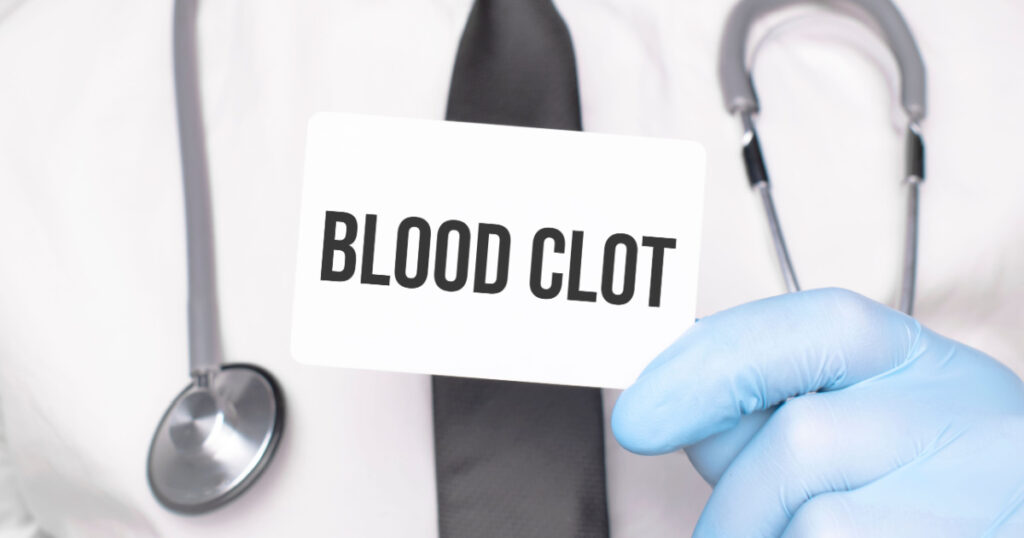
According to the CDC, DVT in combination with PE affects up to nine hundred thousand Americans every year. Approximately one hundred thousand of these cases are fatal [2]. While you cannot determine yourself if you have a blood clot, you can be familiar with their symptoms. Knowing the common signs of a blood clot can alert you to seek medical attention early so that you can receive treatment before it becomes more serious.
Read: 15 Changes In Your Health You Should Never Ignore
1. Sudden Swelling

The most common place for a blood clot to occur is in your lower leg. It is not common for a blood clot to form in both legs, so if you notice one ankle or shin suddenly become swollen, that should tip you off. This might happen because the flow of blood in one leg is being blocked, causing it to pool behind the clot and puff up. When this happens, you may also experience pain and tenderness, your skin may feel warm to the touch, and it may have a reddish discoloration [2].
2. A Racing Heart
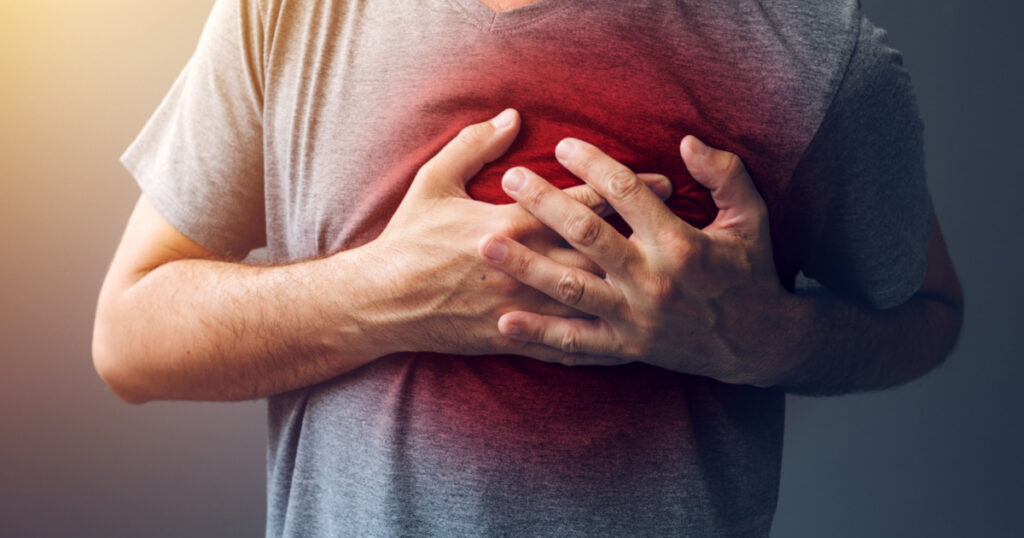
This could be a sign of a blood clot in your lungs. Because the clot is restricting blood flow to your lungs, your heart may speed up in order to compensate [3].
3. Chest Pain
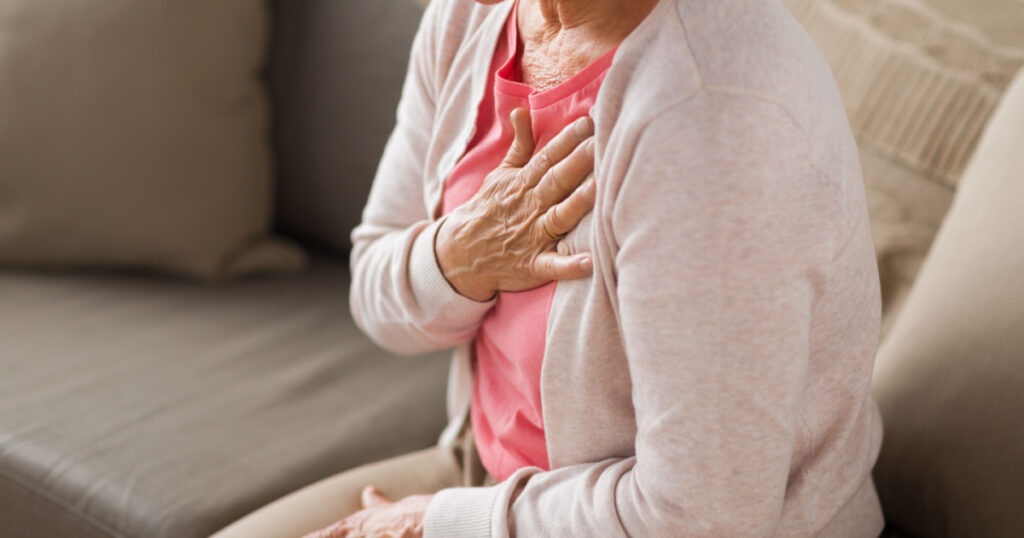
When you experience chest pain, you may think you’re having a heart attack. It may, however, be a pulmonary embolism. If the pain is sharp and you’re feeling it when you breathe in deeply, or it prevents you from taking a deep breath, it is likely due to a blood clot. You may also feel this pain when you cough, bend, or stoop [3].
4. Unexplained Cough

A sudden dry cough that seems to occur without reason could be a sign of a blood clot. In particular, if your cough is producing bloody or blood-streaked sputum, you should get help immediately [3].
5. Vomiting

If you begin experiencing abrupt and severe pain in your abdomen along with nausea and vomiting, you might have mesenteric ischemia or a blood clot in your abdomen. Other symptoms could include fever, or the urgent need to have a bowel movement [4].
6. Impaired Vision

If you suddenly can’t see well out of one of your eyes, it could be a sign of central retinal artery occlusion (CRAO). This is a blood clot in one of the vessels that carries blood to your eye’s retina. The signs of CRAO include sudden blindness in one of your eyes. sudden, complete blurring of eyesight in one eye, and steady loss of eyesight in one eye over a few weeks [5]
How are Blood Clots Treated?
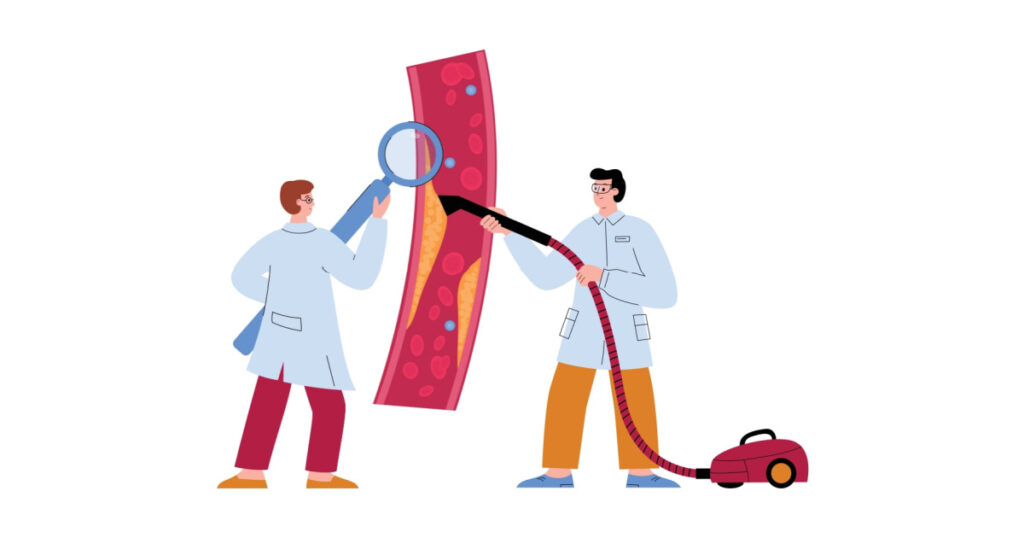
The treatment for a blood clot depends on where the blood clot formed. If you are experiencing a pulmonary embolism, you will require medical attention right away. In severe cases, doctors may give you medicines called thrombolytics to dissolve the clot. After that, they may give you anticoagulants to prevent more clots from forming. In the case of deep-vein thrombosis, doctors may prescribe compression stockings to relieve pain and swelling, which you may have to continue wearing for up to two years. In more severe cases, you may need to have surgery to remove the clot [2].
Read: Eating chilies cuts risk of death from heart attack and stroke, study says
How Can I Prevent Blood Clots?
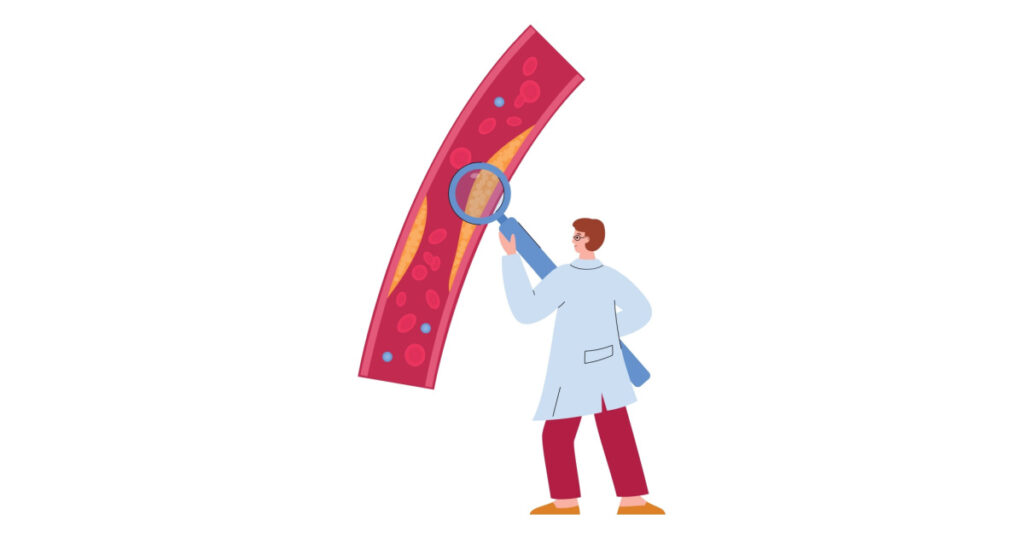
Knowing the signs of a blood clot is important, but knowing how to prevent them is perhaps even better. Luckily, blood clots are among the most preventable blood disorders. If you want to reduce your chances of getting a blood clot, the best thing to do is control as many of your risk factors as you can. Not all of the risk factors are modifiable, but if you control as many of them as you can, you can significantly lower your risk of developing a blood clot.
These factors include:
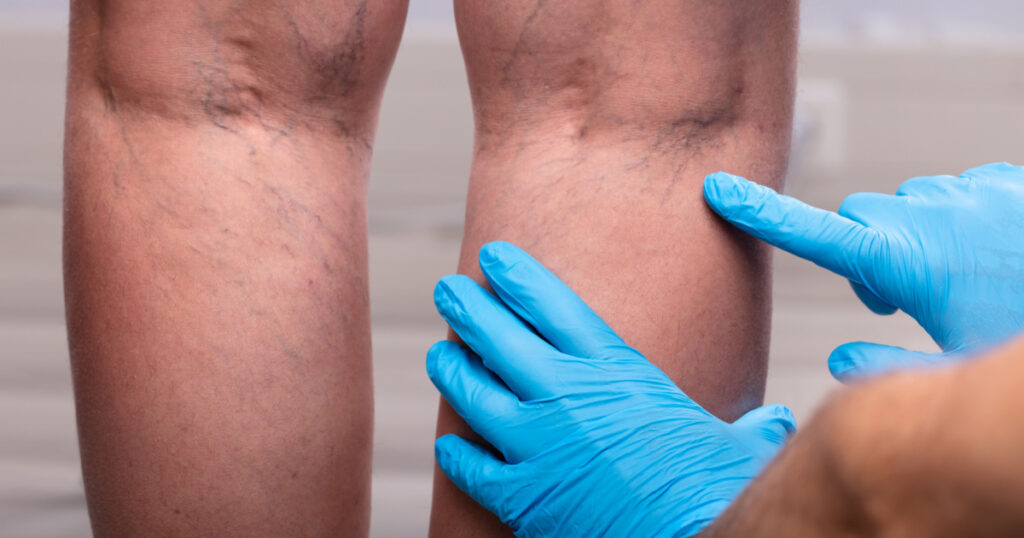
- Obesity
- Pregnancy
- Immobility (including prolonged inactivity, long trips by plane or car)
- Smoking
- Oral contraceptives
- Certain cancers
- Trauma
- Certain surgeries
- Age (increased risk for people over age 60)
- A family history of blood clots
- Chronic inflammatory diseases
- Diabetes
- High blood pressure
- High cholesterol [1]
Knowing the Signs Can Save Your Life
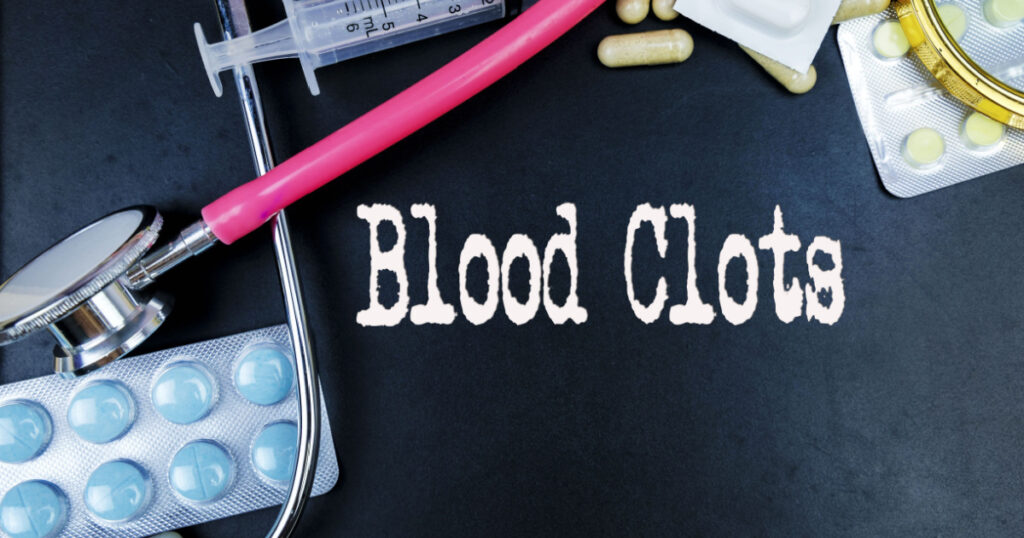
Of course, sometimes no matter what you do, you can still experience health problems. Knowing the signs of a blood clot, however, can be the difference between needing a pair of compression socks, or needing emergency surgery. As always, you know your body better than anyone else. If you notice something seems wrong, talk to your doctor.
Keep Reading: Oversleeping can Increase Your Risk of Stroke by Up to 85 Percent: Study
Sources
- “Blood Clots.” Hematology
- “Data and Statistics on Venous Thromboembolism.” CDC
- “Pulmonary embolism.” Mayo clinic
- “Mesenteric ischemia.” Mayo Clinic
- “Central Retinal Artery Occlusion.” Hopkins Medicine
